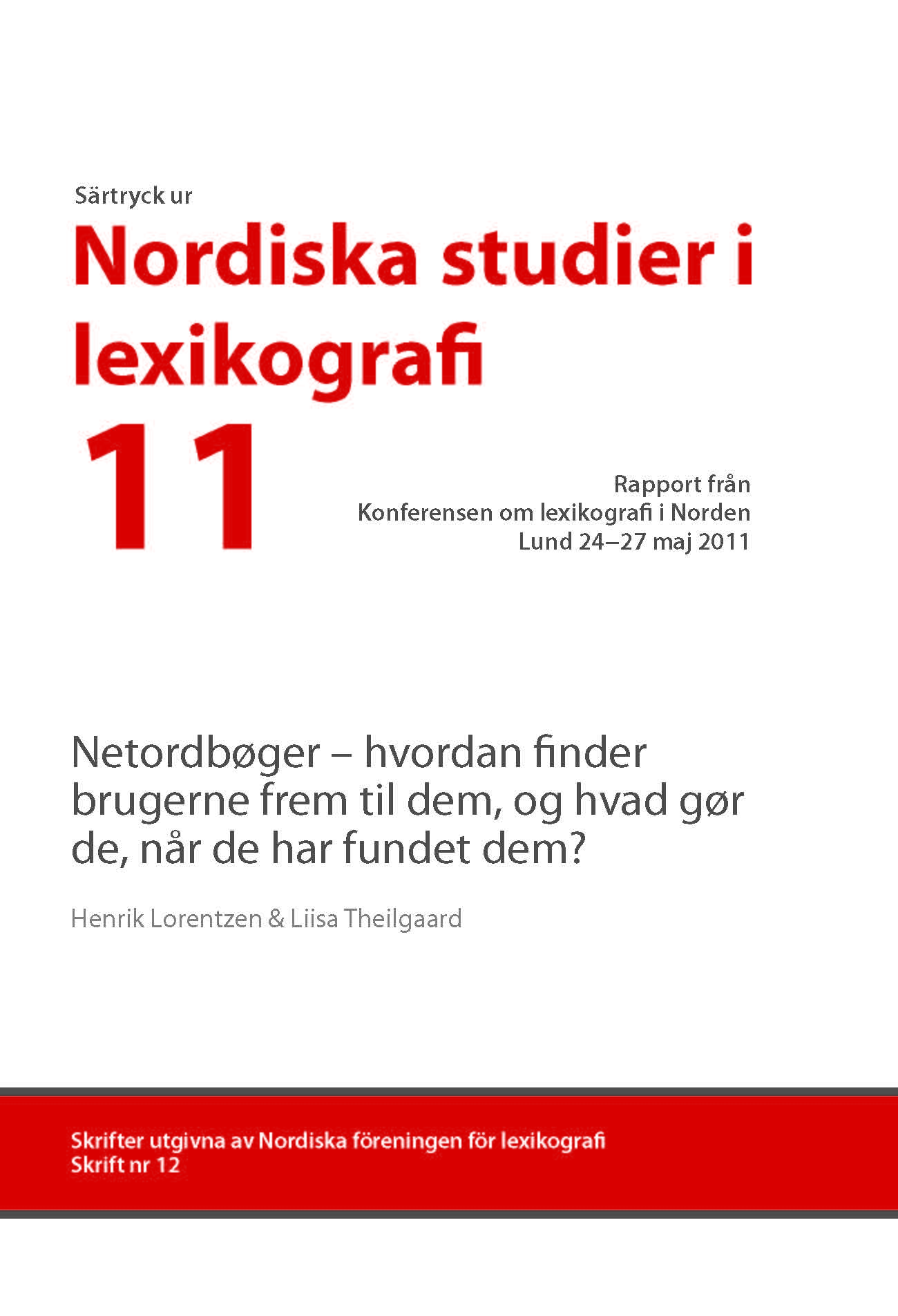Hapax i Olof Verelius ordbok från 1681
Nøgleord:
Verelius, Index, hapax, lånord, översättningslån, oegentlig dubbelöversättning, dialektResumé
Olof Verelius was the custodian of national monuments (riksantikvarie) in Sweden during the second half of the 17th century. He translated the Icelandic sagas into Swedish and published them. He also produced a dictionary of primarily Icelandic, but also Old Swedish words where the headwords are translated into Swedish and Latin. Among the equivalents in the Swedish translations, words occur that have not been documented elsewhere (hapax legomena). In the article I try to find out where these words come from and how they are formed. My conclusion is that the vast majority of them are formed as loan translations according to the Icelandic model. Many of the equivalents have simply been translated to the etymologically corresponding Swedish morphemes while others have been interpreted part by part. Direct loanwords also occur but are not so common. I also found, however, that words that only occurred in the dictionary were documented in the collections of the Swedish dialects. This shows that these were not the creations of Verelius, but must have been used in vernacular language.Downloads
Publiceret
2012-01-01
Citation/Eksport
Lundqvist, A. (2012). Hapax i Olof Verelius ordbok från 1681. Nordiske Studier I Leksikografi, (11). Hentet fra https://tidsskrift.dk/nsil/article/view/19358
Nummer
Sektion
Artikler
Licens
Nordisk Forening for Leksikografi/NSL og forfatterne.





